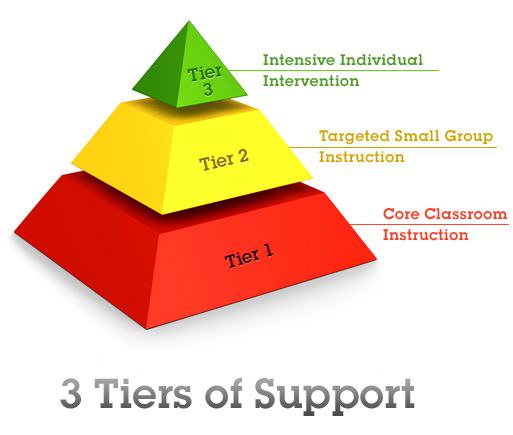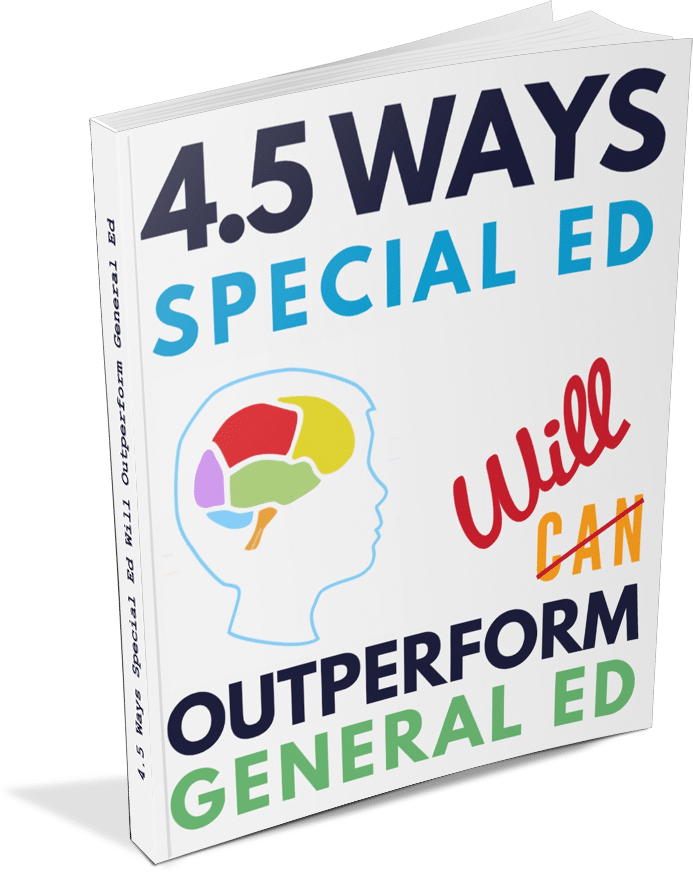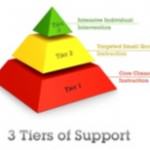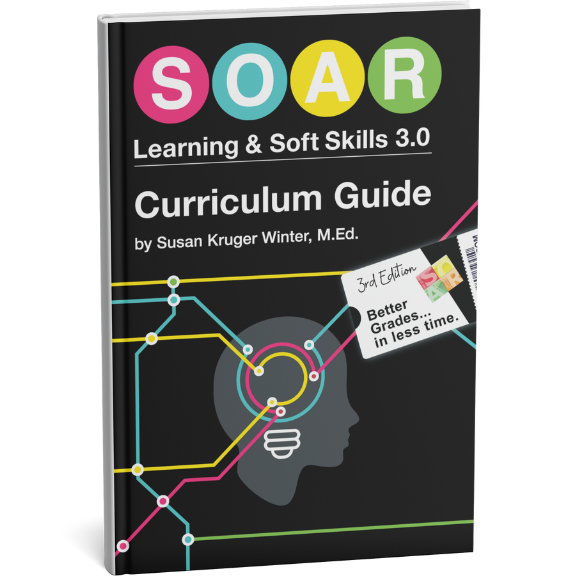RTI Tier 3 Interventions:
Take a Step Back Before Going Forward
RTI Tier 3 Interventions are highly intensive. Students have already passed through the first two levels of intervention without success. As interventions become more “intense,” the temptation is always to drill down on the skill. Increase pressure. Push harder.
In reality, this increased pressure often does more harm than good. To be most effective, we must first step back and look at the bigger picture…
RTI Tier 3 Interventions – The Bigger Picture
 Ideally, students have had the opportunity to pass through well-planned Tier 1 & 2 Interventions, with caring and supportive instructors along the way. Often (usually), however, that’s not the case.
Ideally, students have had the opportunity to pass through well-planned Tier 1 & 2 Interventions, with caring and supportive instructors along the way. Often (usually), however, that’s not the case.
Confidence –or lack of it– is the single greatest bottleneck of learning! Let’s face it, by the time students reach RTI Tier 3 Interventions, they’ve already experienced at least two cycles of negative feedback. But we all know, those aren’t the first or only two negative cycles of feedback these struggling students have experienced. No, 9.9999 times out of 10, students elevated to Tier 3 Interventions have been trapped in a Cyclone of Negativity for a very, very long time.
Don’t get me wrong… I’m NOT saying that “all students needing Tier 3 Interventions simply have a confidence problem.” No. Chances are very good they need support that goes deeper than simply building confidence.
However, I *am* saying that no progress can be made if the lack of “confidence” is not addressed first. The tricky thing about “building confidence” is that it has to be real. It has to be authentic. Students might be struggling, but they certainly aren’t stupid! They can smell fake attempts to bolster confidence from ten miles away!
So, How DO You Build Confidence? Authentically?
1. Start with strengths.
This this should be the first step of all instruction. If it was, the need for RTI Tier 3 Interventions would drop dramatically! However, students needing Tier 3 Interventions are particularly starving for real, positive feedback. They must be encouraged to expand their view of themselves and see all of their gifts.
My favorite tool in the Confidence Building Toolbox is teaching students about Multiple Intelligences. The Theory of Multiple Intelligences, spear-headed by Dr. Howard Gardner of Harvard University, is a widely-accepted notion that humans have many different domains of intelligence. Far more than are observed, measured, or rewarded in school. I have never met a student who wasn’t thirsty to learn more about their top intelligences. Students LIGHT UP when they get to learn and talk about their top intelligences!
As one teacher from a highly at-risk school said to me, “The students who need it the most, get the most out of it!”
The internet is crawling with information and interactive self-discovery quizzes on Multiple Intelligences. Use them! The time you spend allowing students to explore their strengths will pay dividends in their immediate –and long-term– future.
2. Build Understanding of Their Challenges
Students who have been diagnosed with ADHD, autism, or any form of a learning disability do not understand their challenge. They simply think “Something is wrong with me.” I don’t need to tell you this thought-pattern is extremely destructive.
We can stop the “Something Is Wrong With Me” Cycle by teaching students how their brains work. They love learning about their brain! They really love learning that their brain can change… and that they have the power to make those changes happen.
To get access to our ground-breaking video, “The Brain Biology of ADHD, Autism, and Learning Disabilities,” click here. There’s a free offer in the upper right-hand corner of that page that will deliver the video to you shortly. This video was specifically designed to break the ultra-destructive “Something Is Wrong With Me” Cycle.
3. Teach the “Top 20” of Skills
I will spend the rest of my life wondering why we are NOT teaching students HOW to learn, organize, and manage themselves in school. These skills are the pathway to all other learning. Before you start “narrow,” high-pressured interventions at the RTI Tier 3 level, make sure the foundational skills are in place. (Chances are good that they are not.)
4. Proceed with RTI Tier 3 Interventions
Only now are you ready to proceed with Tier 3 Interventions. If you’ve used steps 1-3 to clear pathways and remove obstacles, your Tier 3 Interventions will be a resounding success! Ignore the first three steps… and your efforts will only be an exercise in futility!
To your students’ success,
Susan Kruger, M.Ed.
Author of SOAR® Learning & Soft Skills
Founder of www.studyskills.com
RTI: Response to Intervention Menu
See more information on RTI: Response to Intervention at the links below:
- Introduction to RTI: Response to Intervention
- Tier 1 Interventions: The Small Set of Skills with 80% Impact
- Tier 2 Interventions: Elements of Effective Intervention Lessons
- Tier 3 Interventions: Take a Step Back Before Going Forward
Get Our Free Guide & Info for Special Ed
 4.5 Ways Special Ed Will Outperform Gen Ed
4.5 Ways Special Ed Will Outperform Gen Ed
"*" indicates required fields
Get Our FREE Curriculum Guide!
The SOAR® Curriculum
The most critical learning, organizing, and communication skills needed for school. Learn more here.
Who’s Using SOAR®?
Click here to learn more.






